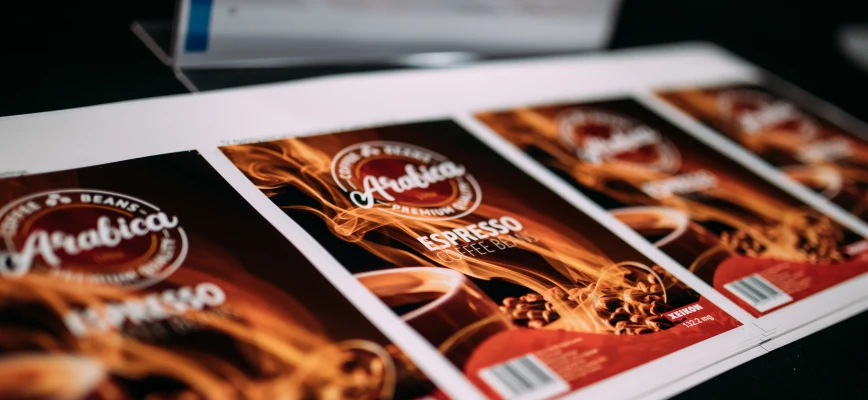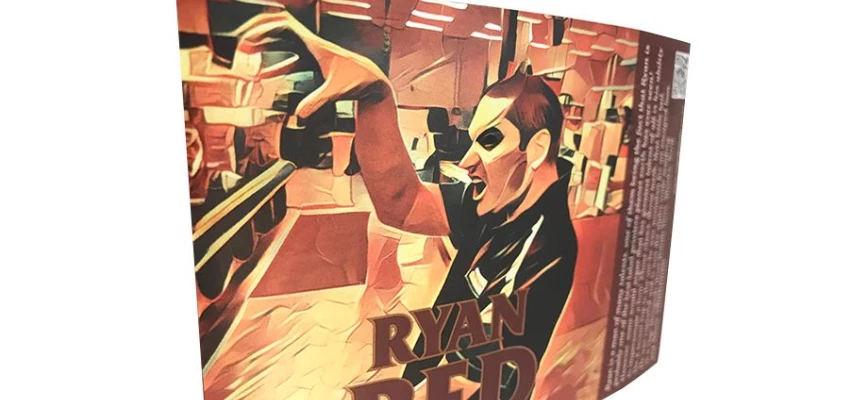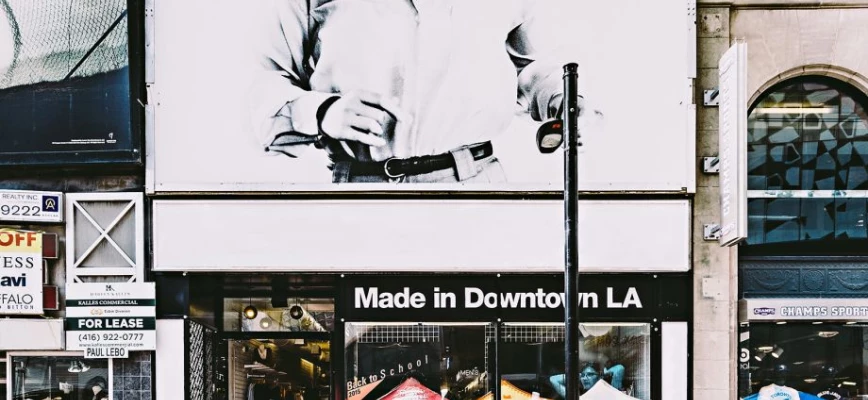13/06/2017
by Danny Mertens
1) “Going digital means implementing a radically new production process and starting from scratch”
The Xeikon 3300, for example, is fully compatible with CERM MIS and Esko Artwork prepress workflow, a benefit Dutch label converter W&R Etiketten takes full advantage of everyday. “By the end of the year, we will be able to send information to, and retrieve data from, the conventional presses via the MIS-press counters and the Shop Floor Data Collection module,” says Manager Director, Jack Willemsz. “This will enable us to get even tighter control of production and increase efficiency.”
Download our step-by-step implementation guide
2) “Flexo offers a wider range of printing options than digital”
Looking at the number of different substrates and printing materials you can use, flexo probably does have more to offer than digital. However, in reality this argument isn’t really relevant for most printers – it just depends on the type of job.
Take Action Packaging as an example. Prior to installing the Xeikon CX3, the leading supplier of custom and stock labels based in Ellington, CT, was manufacturing labels in-house with its stable of flexographic presses, and outsourcing jobs that were a better fit for digital printing. “The big driver for us to bring digital printing in-house was the printing plates of the flexo machines , which were prohibitive for a lot of people that wanted short runs,” Douglas Rice, president of Action Packaging Systems, says. “If they have ten items, and we’re talking $2,000 worth of printing plates, and it’s a $1,000 job, it got kind of lopsided. Obviously, the perfect solution was digital.”
Action Packaging didn’t abandon flexographic printing, they simply use it more efficiently thanks to the introduction of a digital press.
The big driver for us to bring digital printing in-house was the printing plates of the flexo machines , which were prohibitive for a lot of people that wanted short runs,
3) “Digital presses fall short in terms of quality”
In recent years, high resolution digital printing has really matured, thanks to dry-toner electrophotography. As a matter of fact, today’s digital presses can produce higher quality images than flexo – comparable to offset or gravure printing. Furthermore, digital label printers have all these tricks up their sleeves to even further improve the print quality, such as reducing the screen ruling to 130 or 150 lpi, which, by the way, can be automatically integrated into the workflow with Xeikon. Not convinced? Go to www.seetheproof.com and discover digital printing quality.
Dubai-based label printer Kimoha really appreciates the quality level that can be attained with a digital press. In fact, their Xeikon 3300 got them first prize at the FINAT Label Award Competition in the category “Digital printing technology”. “We believe that we invested in the right technology when we chose Xeikon, and our decision was validated by the great response we got when we communicated its impressive print quality to the market”, states Vinesh Bhimani, Managing Director of Kimoha. “Our Xeikon press and the results we are able to achieve, support our desire to increase our growth in the digital label market.”
We believe that we invested in the right technology when we chose Xeikon, and our decision was validated by the great response we got when we communicated its impressive print quality to the market
4) “5 colors simply won’t cut it”
This is a common misconception made by people who have yet to experience the closed-loop system of a digital press, allowing operators to reproduce colors on the fly. And while there may be a difference in tone with 8 color presses, most of the time that doesn’t even matter for label purchasers – as long as prices are attractive and deadlines are met. And this is where digital really shines. Try out your labels on a Xeikon press at www.seetheproof.com an see for yourself.
5) “Digital printing is too expensive”
It depends on what you are going to use the digital press for. For example, for short run print jobs, digital is far cheaper than flexographic. In terms of acquisition, digital presses can be very expensive or very cheap, depending on the features and capabilities of the machine. Then again, the same can be said about flexographic presses.
All in all, label printers who choose to deny the digital printing technology are missing out on many business opportunities as they will not be able to print certain jobs very efficiently. Digital machines allow companies to broaden their horizon, taking on a wider array of print jobs with great turnaround times and without compromising quality.
Better still, shifting to digital doesn’t have to be all that complicated and will not 'destroy' your flexo department. Digital and flexo are a perfect match. Simply follow our in-depth, step by step, implementation guide and your digital printing press will be up and running in no time.





